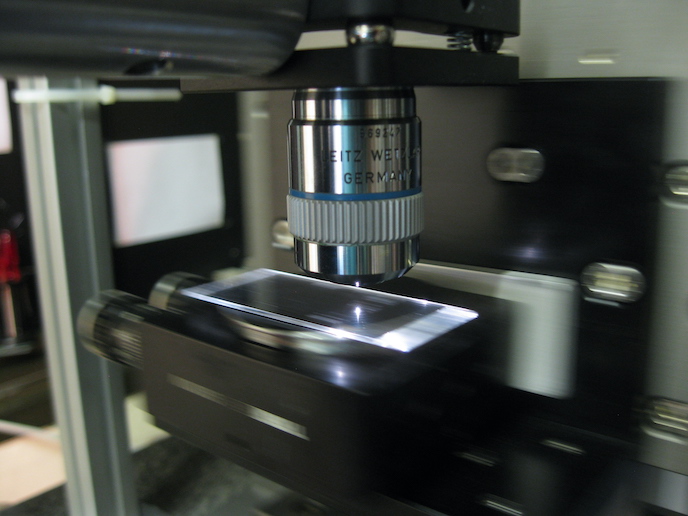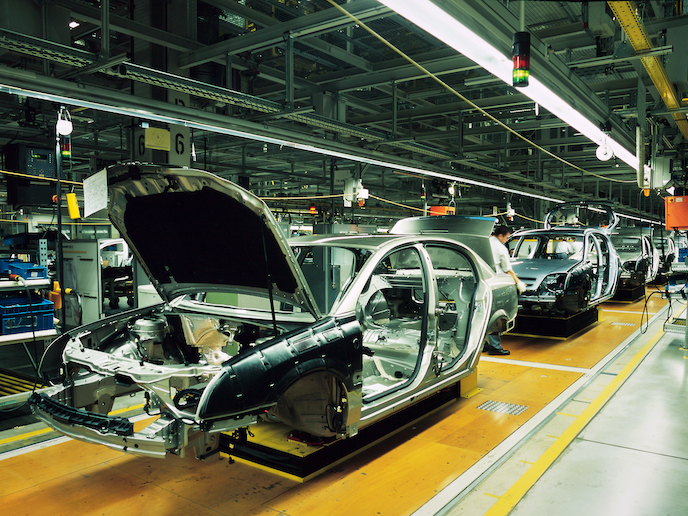Investigating cavitation erosion in diesel engines
Polluting emissions from diesel engines can be dramatically reduced by increasing fuel injection pressure. However, this can lead to increased erosion in parts of the engine and a reduction in the durability of the injection system. Erosion can be caused by cavitation, the formation and rapid collapse of vapour bubbles in the fuel flow resulting in a shockwave, which can degrade engine components. One of the main challenges facing researchers was to integrate the model with observations of flow characteristics and the resistance of materials to erosive effects. This required a detailed understanding of how the materials comprising the injector system were affected by the fuel flow characteristics. Researchers from the Laboratoire des Ecoulements Geophysiques et Industriels (LEGI) in Grenoble , France, undertook experiments to verify the erosion model. The model was validated both from a hydrodynamic and a materials perspective and used to predict incubation time and erosion rate. The model revealed that the cavitation region fluctuated in size. The size and location also matched the area of erosion recorded from experimental observations. Erosion was predicted in the region which experienced bubble collapse, which also agreed with the observed measurements. Project partner AVL List GmbH incorporated the erosion model into the FIRE computer program, which they had developed. The erosion model was validated by AVL using results from LEGI. The ability to predict the probability and rate of erosion meant less time spent in developing new prototype engines thereby reducing costs.







